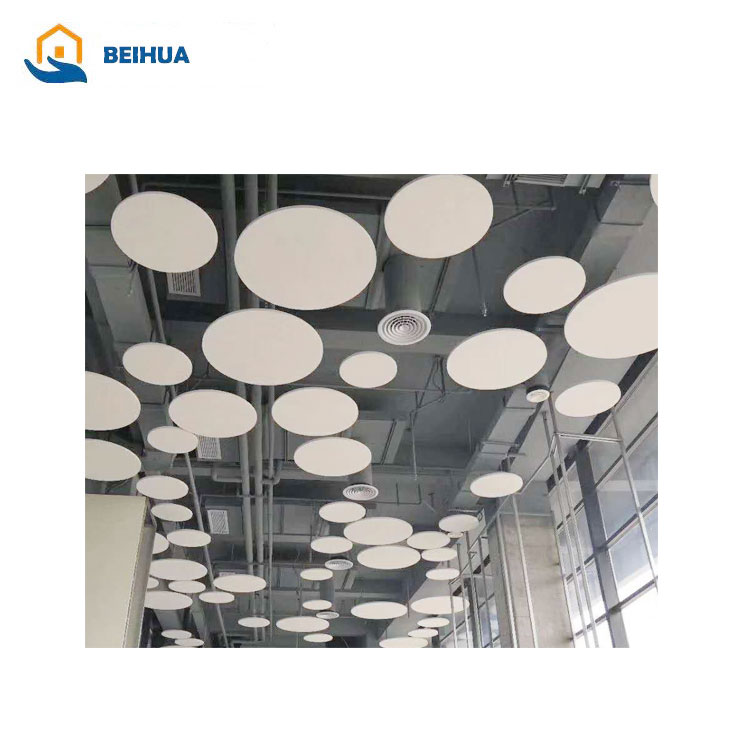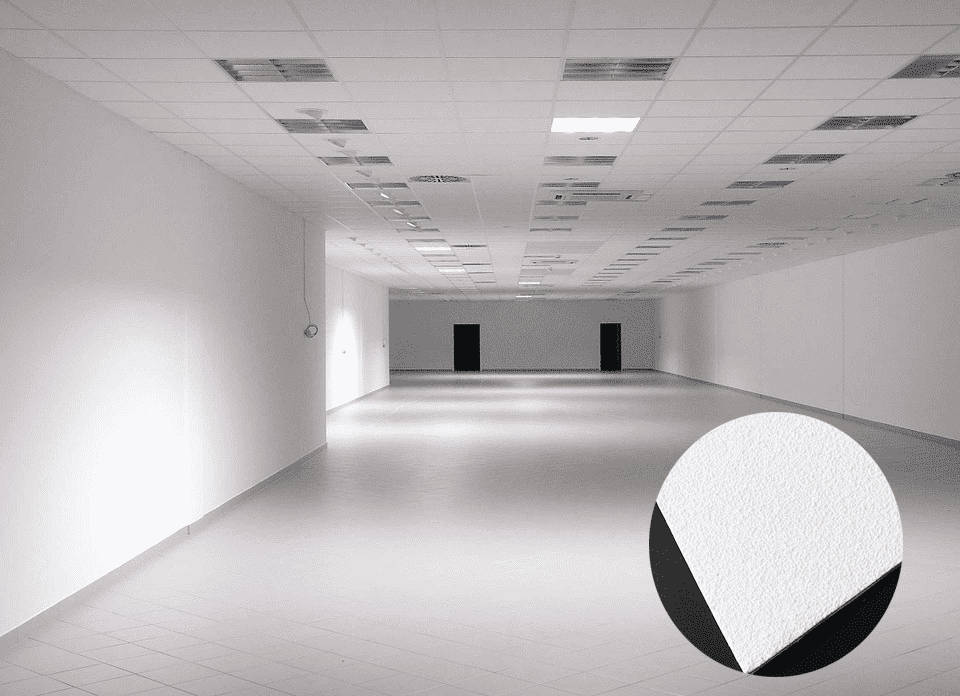
-
Advantages of Beihua Mineral Fiber Board
What’s the advantages of our mineral fiber board? 1. Mineral fiber board use high-quality mineral wool as the main raw material, 100% asbestos-free, and no needle-like dust. It will not enter human body through the respiratory tract and is harmless to the human body. 2. Using composite fiber and ...Read more -

Fiber glass ceiling make the decoration colorful!
Introducing our top-quality fiber glass ceiling tiles – the perfect choice for any commercial or residential property looking for a durable and fashionable ceiling solution. Our fiber glass ceiling tiles are manufactured using high-quality fiberglass and resin materials, ensuring that the...Read more -
New Type of Green Environmental Building Material-Mineral Fiber Acoustic Ceiling Board
Mineral fiber decorative sound-absorbing panels use slag wool as the main raw material. Slag wool is a floccule thrown out by a high-speed centrifuge after high-temperature melting of slag. It is harmless and pollution-free. It is a green building material that turns waste into treasure and is be...Read more -
Specification and size of mineral fiber ceiling board
The size of mineral wool board is divided into metric size and imperial size in the unit system. This is because of the difference in the conversion of the unit system of mineral wool board sizes at home and abroad. In fact, our commonly used mineral wool boards are divided into nominal size and ...Read more -
Installation method of mineral fiber ceiling board
1. Flat mounting Using light steel keel or wood keel, install gypsum board or other light thin board on the keel as the bottom plate with screws. The surface is required to be flat, and then the back of the sound absorbing board is to be installed with glue. In order to save the adhesive, it is r...Read more -
more details about mineral wool
Whether it is in industry, agriculture, military or civil buildings, as long as heat insulation is required, rock wool can be seen. The main uses of rock wool board are as follows: Rock wool is mainly used for the insulation of walls, roofs, doors and floors in building insulation, wall insula...Read more -
What Can We Do For You?
Today I will introduce our company’s main business, I hope every client can know more about us. Some customers have just contacted us and they don’t know what kind of company we are, what kind of business the company is involved in, and they don’t have a good understanding of ou...Read more -

What are the high NRC sound-absorbing materials?
The noise reduction coefficient (usually referred to as NRC) is a single numerical range of 0.0-1.0, which describes the average sound absorption performance of the material. The noise reduction coefficient is the average of the Sabine sound absorption coefficient measured at 250, 500, 1000, and ...Read more



